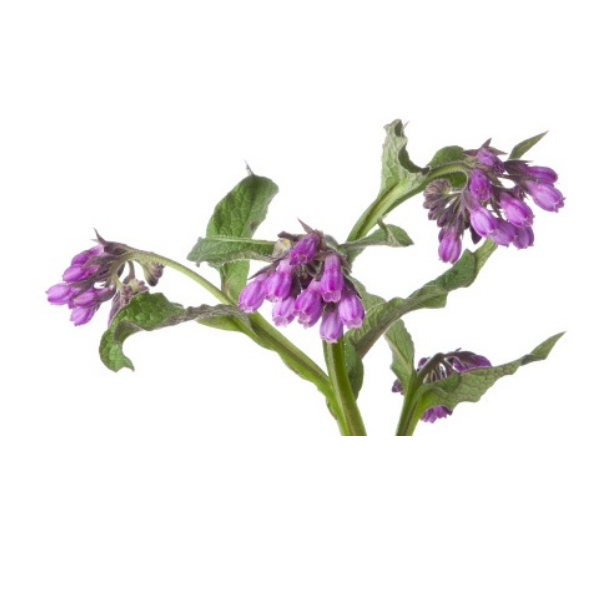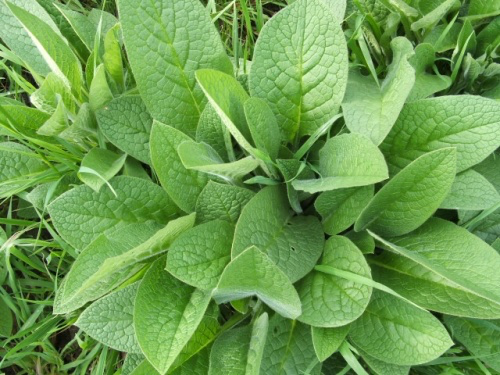Comfrey Root
Comfrey root, derived from the Symphytum officinale plant, has been recognized for its health and medicinal properties for centuries. Traditionally, it has been used to treat a variety of ailments due to its potent anti-inflammatory and analgesic properties. The root contains high levels of allantoin, a compound known to promote cell regeneration and wound healing. This makes it particularly effective in the treatment of sprains, bruises, burns, and fractures. Additionally, comfrey root is rich in rosmarinic acid, which further contributes to its anti-inflammatory effects, making it beneficial for conditions such as arthritis and joint pain. Topical applications, such as creams and poultices made from comfrey root, are commonly used to accelerate the healing process of skin injuries and reduce pain and swelling.
Despite its benefits, comfrey root must be used with caution due to the presence of pyrrolizidine alkaloids (PAs), which can be toxic to the liver if ingested in large quantities or used over extended periods. These alkaloids can cause liver damage and are potentially carcinogenic. Therefore, internal use of comfrey root is generally not recommended, and its application is mostly limited to external treatments under professional guidance. To ensure safety, products made from comfrey root are often regulated to minimize PA content. When used appropriately and in moderation, comfrey root remains a valuable natural remedy with a long history of promoting healing and relieving pain.
?unique=f4cf48b)




?unique=f4cf48b)



